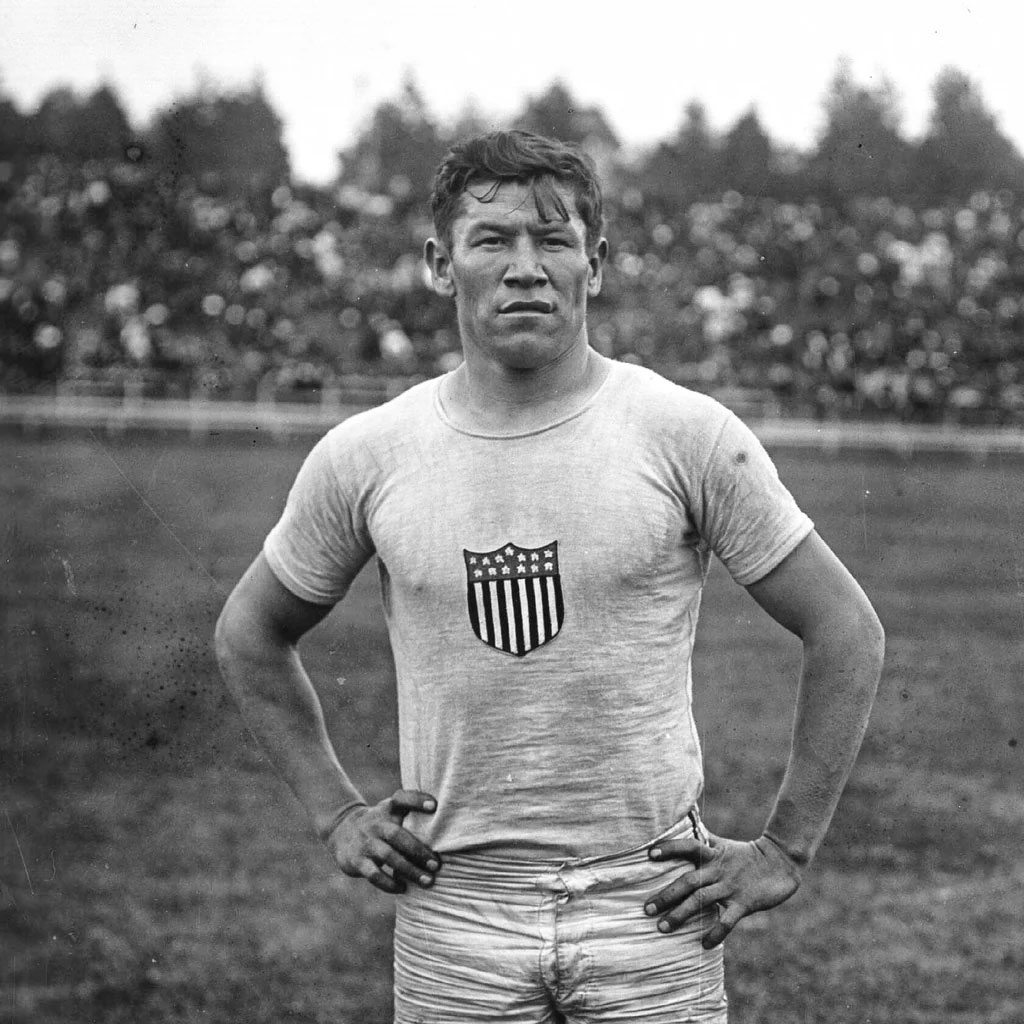Polo Shirts vs T-Shirts: What Are The Differences Between Polo Shirts And T-Shirts?
Published On: March 18, 2025 By: ray herb

Many customers ask us about the difference between T-shirts and polo shirts, believing there to be a considerable distinction. But in truth, their differences are quite subtle – often simply the name difference! Based on our years of experience customizing both types of shirts, if you want to distinguish T-shirts and polo shirts from an professhional perspective please look at various criteria as the followings:

The differences between Polo Shirts and T-shirts
1. Difference in Concepts
T-shirts are an umbrella term which encompasses various styles, such as round necked T-shirts, V-neck T-shirts, double neck T-shirts and fashionable contrasting T-shirts. Their variety is nearly limitless: trendy or business formal designs with solid color fabrics or custom printed graphics or personalized printing are among them; round necked ones may even be considered cultural or advertising T-shirts!

Polo shirts differ significantly from T-shirts in that they generally refer to specific styles such as lapels and open collars, due to the popularity of international brand “POLO”, Paul’s shirt has come to be known by this name – POLO shirt.

2. Difference in Origins
T-shirts first made their debut in ancient Rome. In the hard stone restaurant of ancient Rome, there is a T-shirt that Julius Caesar once wore displayed. In 1902, however, modern T-shirts were first invented by American company Hanes. Hanes used an existing jumpsuit design but altered it with short sleeves on its upper half for what became the original T-shirt design; Weber Dictionary began listing “T-shirt” around 1920.

Tea dock workers at Annapolis Port in Maryland in the United States wore short sleeved shirts believed to be the forebears of modern T-shirts during the 17th century. Given that “TEA” and “TEE” have similar sounding homophones, there has become an informal term TEA (TEA)-SHIRT that became commonly abbreviated as TEE or T-SHIRT.
T-Shirt became widely accepted underwear during the late 19th century with its widespread adoption by British and American naval forces, thanks to knitting industry innovations. Today it remains popularly worn.
After World War II, T-shirts began making an appearance as outerwear. John Wayne, Marlon Brando and James Dean all publicly wore T-shirts on national television broadcasts; many were taken aback at this sight until by 1955 society had gradually accepted it as mainstream fashion.
Polo shirts first emerged during the early 19th century. Known originally as Jersey shirts (sportswear), they were widely worn during football, rowing and other athletic matches. Later, American entrepreneur Ralph Lauren launched his “Ralph Lauren Polo” brand; and it received widespread acceptance all over the world since then. Now people often refer to this shirt by its popular moniker of Polo shirt as both business and leisure wear – known simply as Polo shirt!
3. Differences in collar styles
T-shirts have a fashionable and complex structural design, with a wide variety of styles. The changes in style are usually reflected in the collar, hem, cuffs, color, pattern, fabric, and contrasting styling. The biggest difference among them is the difference in collar. Generally, the collar of a round necked sweatshirt is in the shape of a round collar, while the collar of a polo shirt is in the shape of a lapel. As shown in the figure:

4. The difference in hem craftsmanship
A big difference between T-shirts and polo shirts lies in whether the hem is split. T-shirts usually have the hem directly locked; The hem of polo shirts is usually split on both sides, with a length of about 5cm, and the back piece is 3cm-5cm longer than the front piece. This is the specific style of polo shirts. As shown in the figure:

5. Difference in Styles
The T-shirt styles are complex and varied, emphasizing fashion, leisure, and freedom, with any color scheme and various contrasting colors; Compared to T-shirts, polo shirts are simple, minimalist, business oriented, formal, and dignified. T-shirts usually come in various colored fabric pieces or printed with different patterns and colors, while polo shirts are usually single items, classic and dignified

6.Difference in Fabric Patterns
The difference in fabric between T-shirts and polo shirts is not significant, but in terms of the two popular styles on the market, T-shirts are mostly made of Plain Weave Fabric, while polo shirts are mostly made of classic Pique Mesh Fabric. These are also two different styles. Plain weave fabric is comfortable to wear, soft, and has a drape; The pearl mesh fabric has a stronger three-dimensional effect, making it more spirited and dignified to wear. As shown in the figure:

7. Different waist contractions
In order to make men stand tall and straight after wearing polo shirts, almost all of them have a waist cinching design, which makes them look slim and tall after wearing them. Most t-shirts are designed with a straight tube to make them more comfortable to wear
8. Different wearing effects
POLO shirts have a better slimming effect under normal circumstances, suitable for men with slightly stronger figures who want to show off their weight through clothing. But if you are particularly overweight, especially a man with a big belly, wearing a polo shirt is not suitable, but you should choose a plus size t-shirt.
9. Differences in Matching Styles
The style of polo shirt matching is mainly solemn, formal, and professional; The matching style of T-shirts is mainly casual, casual, fashionable, avant-garde, as shown in the picture:


We had better select a proper type when choosing polo shirts and T-shirts for ourselves, taking our needs and occasions into consideration. Polo shirts tend to be better suited for formal or semi formal occasions while T-shirts work better as daily leisure and sports wear.
